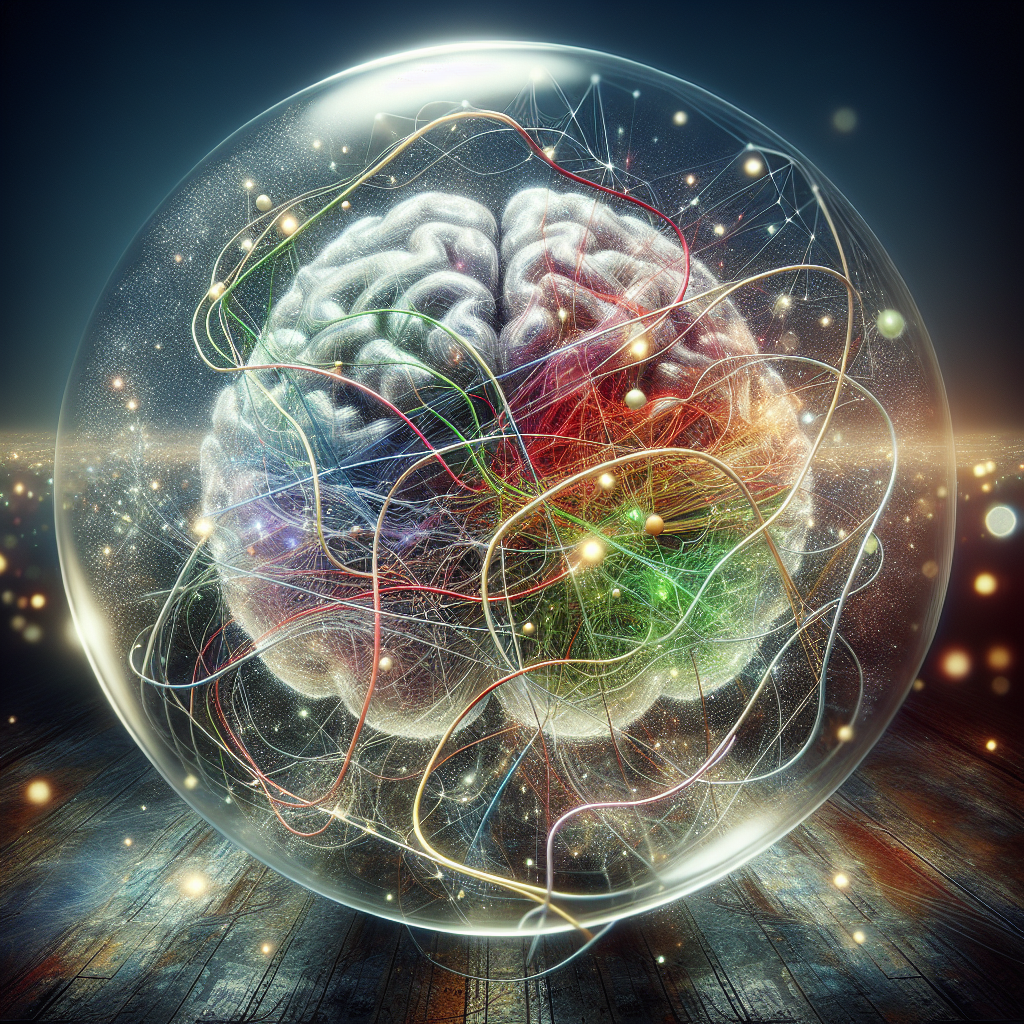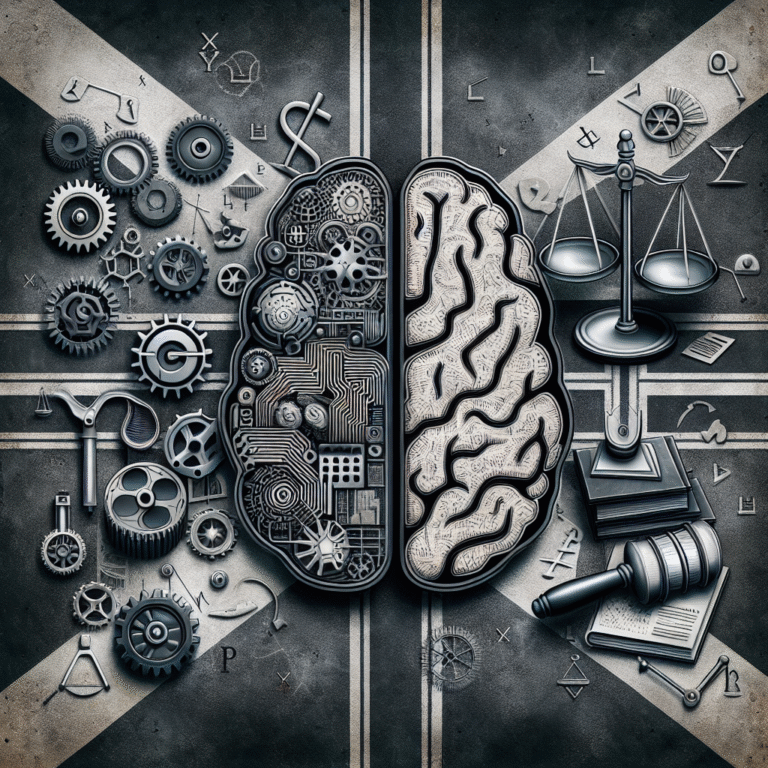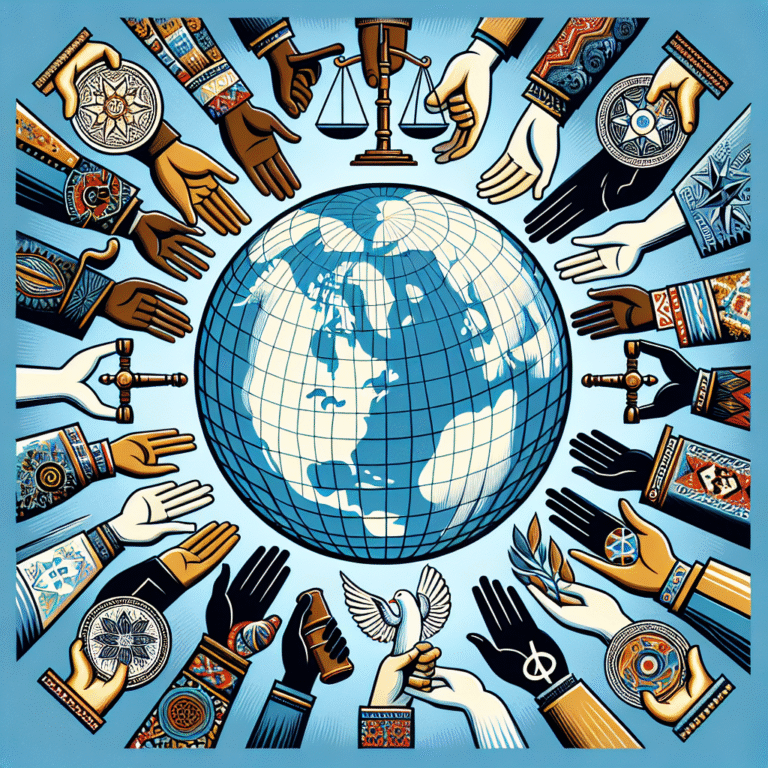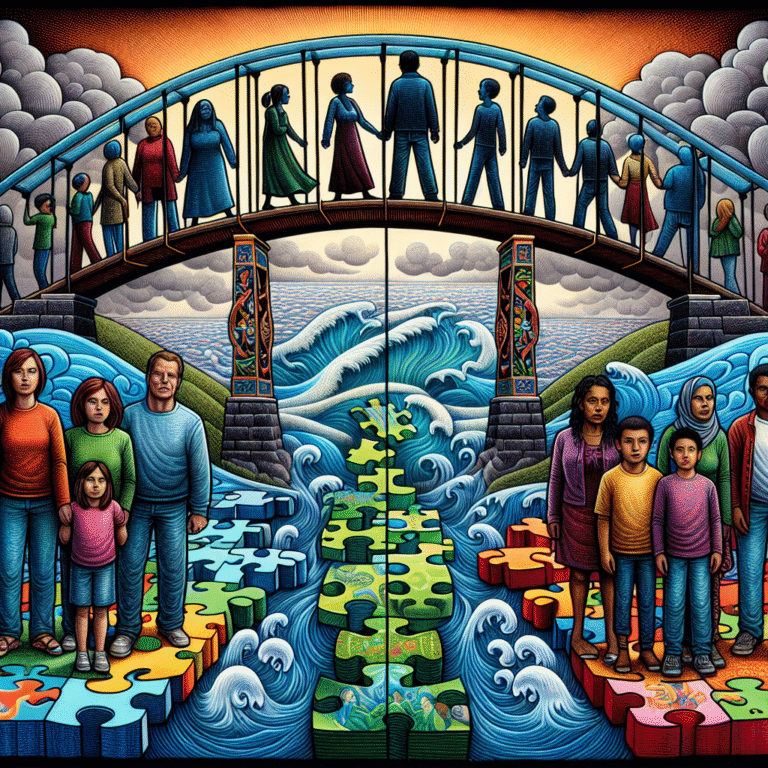
Introduction
Imagine this: You’re at a family gathering, and someone brings up a long-forgotten vacation from your childhood. As they recount the story, feelings of joy, nostalgia, and even a hint of sadness wash over you. This interplay of memory and emotion is fascinating and deeply significant. It leads us to the concept of Memory Contamination: The Intersection of Memory, Emotion, and Experience, a phenomenon that illustrates how our feelings can affect our recollections and vice versa. This article explores this intricate relationship, diving deep into how our emotional states can color our memories and the implications this has for our daily lives.
In a world increasingly obsessed with personal narratives—via social media, therapy, and storytelling—understanding how memories can become "contaminated" by emotions and experiences is essential. Here, we will unravel key concepts, provide real-world case studies, and even offer actionable insights to enhance your understanding of this unique psychological terrain.
Understanding Memory Contamination
What is Memory Contamination?
Memory contamination occurs when an individual’s memory is altered or influenced by emotional experiences. This alteration can be subtle, manifesting as slight changes in details, or more overt, leading to entirely fabricated memories. At its core, Memory Contamination: The Intersection of Memory, Emotion, and Experience revolves around the idea that memories aren’t static records; they are dynamic and affective, continually reshaped by our current emotional landscape.
The Role of Emotion in Memory Formation
Emotions play a crucial role in how memories form and are recalled. Research shows that emotional memories are often more vivid and easier to remember than neutral memories. This can be attributed to the amygdala’s involvement, which processes emotions and interacts with the hippocampus, the center for memory formation.
The Mechanisms Behind Memory Contamination
-
Reconstruction of Memories: Our brain reconstructs memories each time we retrieve them. When we recall a memory, our current emotions can subtly alter its details.
-
Emotional States as Filters: Different emotional states can act as filters, enhancing or diminishing specific aspects of a memory. For instance, a sad experience can overshadow joyful moments associated with the same event.
- Social Influences: Interactions with others can also contaminate memories. When we discuss shared experiences, we often unconsciously adopt the emotional responses and details expressed by others.
Real-World Applications of Memory Contamination
Case Study 1: The Ellen McArthur Foundation
One notable example of memory contamination can be seen in the Ellen McArthur Foundation, which promotes the circular economy. Their initiatives regularly involve storytelling, emphasizing how memories of environmental degradation evoke strong emotions and can motivate communities to change behavior. By embedding emotional narratives into factual frameworks, the Foundation utilizes Memory Contamination: The Intersection of Memory, Emotion, and Experience to effect positive social change.
Analysis
Through emotional storytelling, the Foundation showcases how past ecological experiences deepen commitment to sustainable practices. By evoking collective nostalgia and concern, they highlight the power of emotion in reshaping memory and motivating action.
Case Study 2: Therapy and Repressed Memories
In therapeutic settings, patients often confront repressed memories that are influenced by their current emotional state. For example, a client may recall a traumatic childhood incident while undergoing therapy for anxiety. The emotions surrounding their current situation can lead to a distorted memory that feels vivid yet lacks factual accuracy.
Analysis
This case highlights the potential risks of memory contamination in therapy. While accessing repressed memories can be liberating, therapists must navigate the complexities of emotional influence to create a balanced narrative that respects both memory’s fluidity and emotional context.
The Intersection of Emotion and Experience
How Experiences Shape Emotional Memories
Our past experiences shape our emotional responses, creating a cycle of influence between emotion and memory. Positive experiences result in strong, happy memories, while negative experiences can lead to painful recollections. The key here is that memories are not isolated; they exist within a broader context of life experiences and emotional states.
The Impact of Culture and Society
Cultural norms and societal expectations can significantly influence how we recall and interpret our memories. For example, various cultures have different emotional expressions tied to grief, joy, and celebration. Therefore, the way we emotionally interpret memories can differ vastly across cultural lines, showcasing yet another layer to Memory Contamination: The Intersection of Memory, Emotion, and Experience.
Practical Strategies to Navigate Memory Contamination
Recognizing the Patterns
-
Awareness: Acknowledge your emotional state when recalling memories. Are current feelings influencing what you’re remembering?
- Journaling: Document your memories and emotions regularly. This practice can help differentiate between actual events and the emotions that have since influenced their recall.
Building Emotional Intelligence
Developing emotional intelligence can aid in understanding how intertwined memory and emotion are:
-
Self-Regulation: Practice mindfulness techniques to gain better control over your emotional responses.
- Empathy: Foster empathy, as it helps in recognizing how others’ memories are influenced by their experiences.
Engaging in Cognitive Behavioral Techniques
Cognitive Behavioral Therapy (CBT) techniques can be effective in regulating how emotions influence memories. By challenging distorted thoughts and reframing experiences, individuals can develop a clearer picture of their pasts.
Visualizing Memory Contamination
| Emotion | Memory Type | Effect of Contamination |
|---|---|---|
| Joy | Positive | Enhanced recall of positive aspects |
| Sadness | Negative | Diminished recall of pleasant details |
| Anger | Neutral | Altered tone, perceived negativity |
This table illustrates how different emotions can affect the nature and quality of memories we form.
Conclusion
Memory is a fascinating tapestry woven from experiences, emotions, and the narratives we tell ourselves. Understanding Memory Contamination: The Intersection of Memory, Emotion, and Experience is not just an academic exercise; it has profound implications for personal growth, emotional regulation, and social interactions.
By acknowledging the dynamic nature of memories, we can empower ourselves to become more mindful of how our emotional states shape our perspectives. This understanding can lead to healthier relationships with our past and enrich our daily lives.
Actionable Insights
-
Reflect: Take time to reflect on your memories and the emotions tied to them. Journaling might help clarify your thoughts.
-
Communicate: Share your memories with loved ones. Discussing them can surface new insights and foster deeper connections.
- Educate: Empower yourself with knowledge on how memory and emotion intersect. The more you understand, the better equipped you are to navigate your personal history.
FAQs
1. What is memory contamination in psychology?
Memory contamination refers to the alteration of memories due to emotional states or social influences, potentially leading to distorted recollections.
2. How do emotions affect memory recall?
Emotions can enhance or distort the recall of memories, often making emotional experiences more vivid than neutral ones.
3. Can memory contamination impact relationships?
Yes, it can shape how individuals perceive shared experiences, leading to misunderstandings or altered narratives between partners or friends.
4. How can I improve my memory clarity?
Engaging in mindfulness practices, journaling, and open discussions about memories can help improve clarity and reduce emotional contamination.
5. Is memory contamination always problematic?
Not necessarily—understanding memory contamination can lead to richer emotional experiences and stronger connections, as long as one seeks balance and clarity.
By exploring Memory Contamination: The Intersection of Memory, Emotion, and Experience, we recognize that our recollections are as complex as our emotions. Embracing this complexity enriches our understanding of self and others, ultimately guiding us toward a more nuanced perspective on life’s narrative.
















